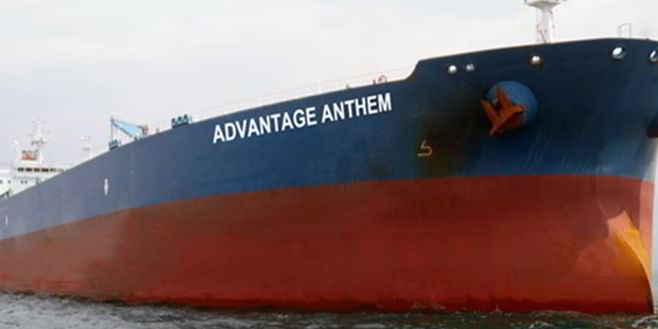Aframax rates have tumbled to lows not seen since September 2014 as cargo liftings from Mexico and Venezuela drop.
The Baltic Exchange's assessment for aframax spot rates from the Caribbean-to-US Gulf reached just over $2,900 per day Friday, a 25% drop from Thursday and well off from the $17,000 per day rate seen at the beginning of the year.
The drop off in rates appears to stem from fewer lifitings out of the east coast of Mexico and Venezuela, says MJLF analyst Court Smith.
January saw the lowest number of aframax liftings out of Mexico since September 2016, with nine according to his tally of spot cargoes. January of last year saw 22 spot aframax cargoes load out of Mexico.
Due to a lack of investment in the country's ageing oil fields, Mexico's production is on a decline. The International Energy Agency (IEA) noted that the country's December production of just over 1.7 million barrels per day was off some 12% from a year earlier level. For this year, the IEA believes the country's output will decline 8% to 2.26 million barrels per day.
Venezuela, too, is struggling to stem declines in its fields due to a lack of investment. Venezuela production is expected to drop 8% to average 2.24 million barrels per day.
But aframax loadings out of other ports were stronger last month. US Gulf Coast spot liftings reached 17 in January, according to Smith's count, the highest in two years. Aframaxes were also more active lifting out of Caribbean storage with 29 fixtures last month.
Some of the activity may be tied to incremental US crude exports as aframaxes are preferred for trans-Atlantic and east coast South America voyages. In addition to liftings out of Texas ports, US crude is being stored in Caribbean facilities, prompting ships to lift from those locations.
"It looks like lower east coast Mexico and Venezuela volumes to blame," Smith said. "But overall liftings look strong."
His position list shows some 40 aframaxes expected in the region through the beginning of March, with six vessels on subjects. Despite the number of vessels coming in to region, he says the market "appear(s) to have found a bottom at their current rates," with US Gulf exports offsetting lower volumes out of other areas.



